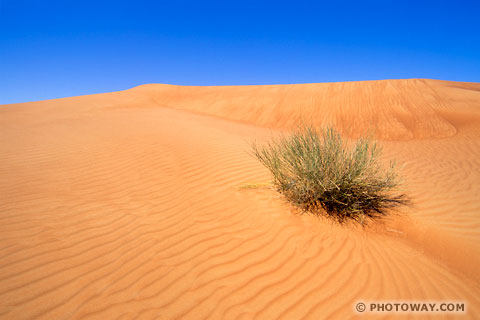
Desert plants have adapted to the extreme conditions to survive in several ways.
Plants need to conserve moisture and energy in the dry desert. Many plants slow down growth for half of the year to conserve moisture. Many others also lose their leaves when temperatures become too intense. When the short rain season comes, plants burst into color, sprouting leaves and flowers.
Water conservation is very important for all plants in the desert. Many plants achieve this by losing their leaves in one fashion or another. Some plants shed their leaves during long bouts of dryness. Shedding leaves not only prevents the loss of moisture from evaporation, but also slows the growth of the plant. Slowing growth helps plants use less water, food, and energy during hot seasons.
A large number of desert plants begin as seeds. Seeds can survive without water for indefinite periods of time. Seeds only begin to sprout when the rain washes away anti-sprouting chemicals on their shells. After the rains, the seeds will sprout when the temperatures become more moderate. After these plants sprout they may not live very long, because many desert plants sprout, mature, flower, and then die in a very short period of time.
Other plants have thin, knife-like leaves that prevent water loss by giving the sun a smaller area to evaporate water. Others, like the Joshua tree, have needle-like leaves with a waxy resin that prevents much water from evaporating. Another type of plant, called living stones, exposes only a few of its leaves to the sun. The rest of the plant remains underground, safe from the sun and heat. Other plants remain hydrated with their deep roots. The mesquite tree has roots that can extend 30.5 meters into the ground, tapping water from underground aquifers.
Many plants in the desert are located many feet meters away from one another. One reason may be that moisture is limited so plants must space out. Another concept is that some plants are poisonous to others. Roots of the creosote bush have chemicals on them just for the purpose of keeping other plants out of their way.
One problem to plants living in or near sand dunes was the constant changing and movement of the dunes. When dunes move, it can uproot plants. Thus, grasses and shrubs living in dune areas have developed long, tough roots to hold onto sand dunes.
No comments:
Post a Comment